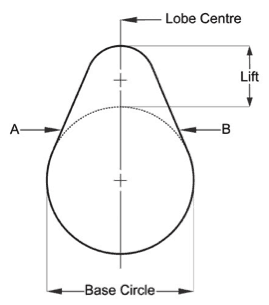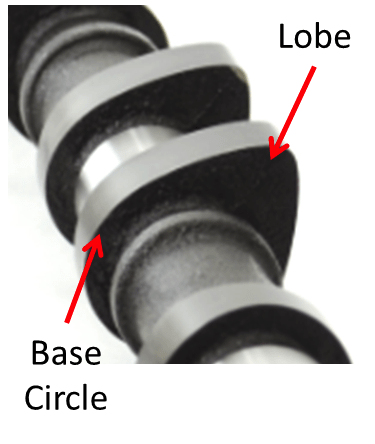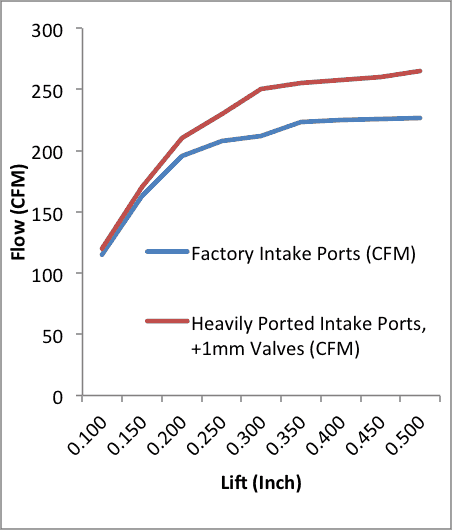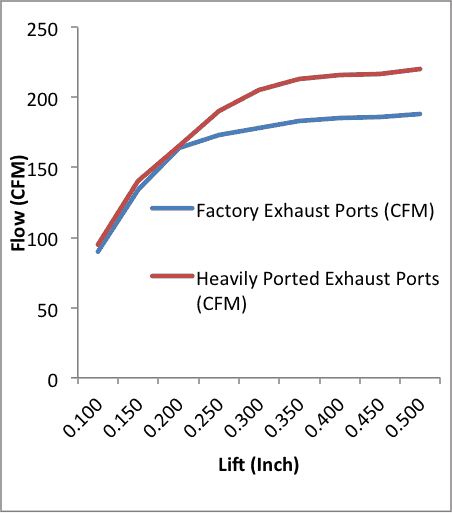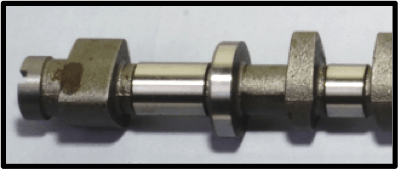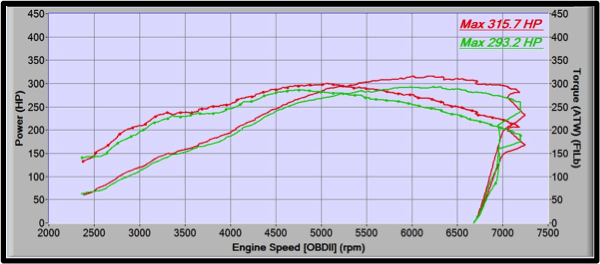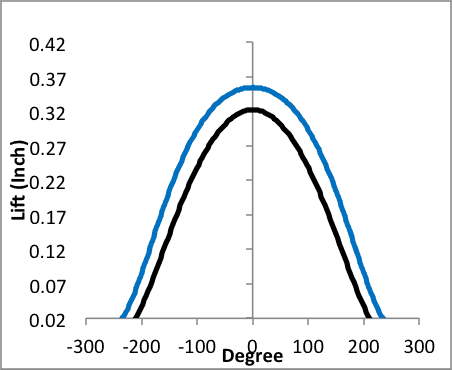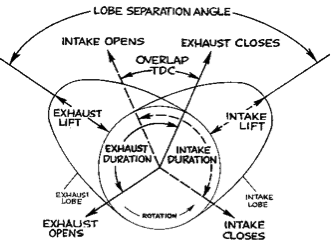CorkSport Recommendations for Keeping Your Mazda Clean During The Winter Season
How many of our CorkSport family members have more product for their paint jobs on their Mazda’s than their own bodies? I know that we have more products than we can count with all of our fingers and toes. We enjoy having that smooth paint job with no imperfections and a paint job that beads up water with ease.
So how do we keep our cars paint baby butt smooth with all of the Pacific Northwest rain, and snow?
We do preventative paint correction, so when the weather breaks and the sun shines, we know our cars will look far above anyone else car. I wanted to take some time to make sure that CorkSport family members could see what we do to ensure our cars stay clean during the nasty winter seasons.

Before working for CorkSport, I managed a full-service car wash/detail shop for about eight years. There is always a common misconception that at least keeping the car clean will keep the paint looking good for long periods of time.
However, that is not correct. A car’s paint has polymers that dry out over time, leading to paint fading. This is why I recommend that if you are going to use a self-serve car wash or an auto car wash, make sure you use triple foam polish. The triple foam will re-condition the paint, and it will also leave a nice shine behind after the car has been dried. Also, any person who uses triple foam polish on their car will notice dirt and grime coming off the car more easily the next time you clean it. Keeping the clear coat nice and fresh will result in less time cleaning and a much cleaner car over time. If you love your Mazda, use triple foam when you can!

Adding triple foam to your car wash procedure is a start, but it doesn’t stop there. I recommend to at least hand-wax your car twice a year. Waxing the car will remove things like tree sap, bird poop, light water spotting, and any other imperfections that may be seen while daily driving. It is very important to remove those imperfections because the longer they sit on the paint, the faster the clear coat starts to break down. As you can imagine, the chemicals put down on the road during winter can have a dramatic effect on the luster of the car, and before you know it you have fading paint.

As most of you know, mud flaps are usually associated with a rally car. I think we can all agree that many Mazda owners also use them. I decided to use mud flaps not because I wanted to go tear up the dirt but because I knew that it would keep my side skirts and rear hatch much cleaner. After having the mud flaps installed and moving to Washington, where it rains eight months out of the year, I realized that mud flaps do, in fact, make a huge difference in keeping the car clean.
Additionally, the side skirts will see less wear and tear from junk on the roads, keeping the side of the car in much better condition. When looking at getting mud flaps, make sure you get ones made out of poly so they don’t bend over time.

The most important thing to have when owning a dope ride would be to have a garage to park her in. I know it might be a struggle, but organize that garage, make some room, and fit your baby inside a closed building during the winter. The last thing you want is falling leaves, bird poop, tree sap, etc., to fall onto the car and sit on the paint for multiple months. Also, having that garage means you can now spend countless hours working on the car without having to go anywhere! Plus, we all know that when you tell the significant other it will only take four hours to complete an installation, we all know that it will take eight!

The cleaner you keep the car, the easier it is to correct the paint when the weather breaks. The end goal is to pull into the car wash, put the soap on the car, and watch the dirt melt off the car. If you have achieved this level of luster, then you have done a very good job at keeping the car well-kept during the nasty winter season!
Connect with us
















